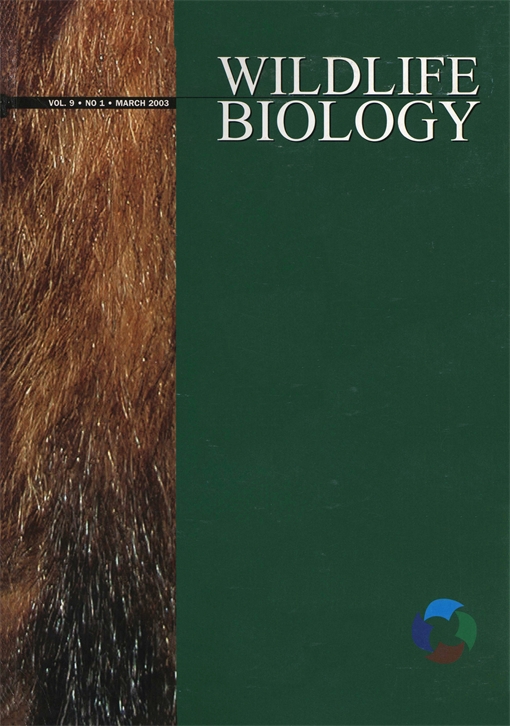We investigated the response of greater sage-grouse Centrocercus urophasianus populations to different levels of exploitation. From 1995 through 2002 we monitored breeding populations in areas closed to hunting, open to limited hunting (1-bird daily bag limit; 7-day season), and open to moderate hunting (2-bird daily bag limit; 23-day season). We used three approaches to assess the effects of hunting on sage-grouse populations. Results were consistent regardless of the method used and indicated that overall, areas closed to hunting had greater rates of increase for breeding populations than areas open to hunting (P = 0.018). Limited or moderate rates of exploitation apparently slowed population recovery for sage-grouse. These effects may have been more pronounced for grouse occupying relatively xeric habitats close to human population centers or highly fragmented habitats. Our results suggest that hunting seasons for sage-grouse should generally be conservative and reflect both sage-grouse population trend and quality of habitat occupied by the population.
How to translate text using browser tools
1 December 2003
Response of greater sage-grouse Centrocercus urophasianus populations to different levels of exploitation in Idaho, USA
John W. Connelly,
Kerry P. Reese,
Edward O. Garton,
Michelle L. Commons-Kemner

Wildlife Biology
Vol. 9 • No. 4
2003
Vol. 9 • No. 4
2003
Centrocercus urophasianus
exploitation
greater sage-grouse
hunting
Idaho
lek counts
population




